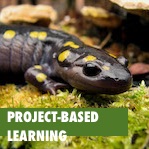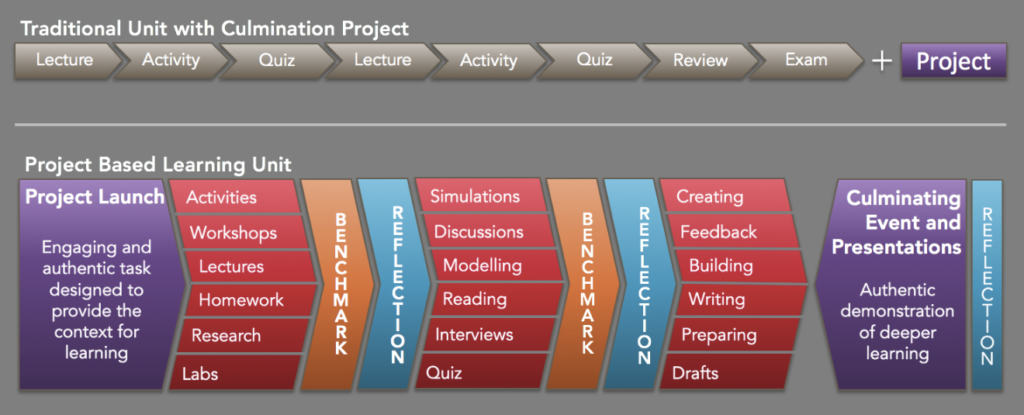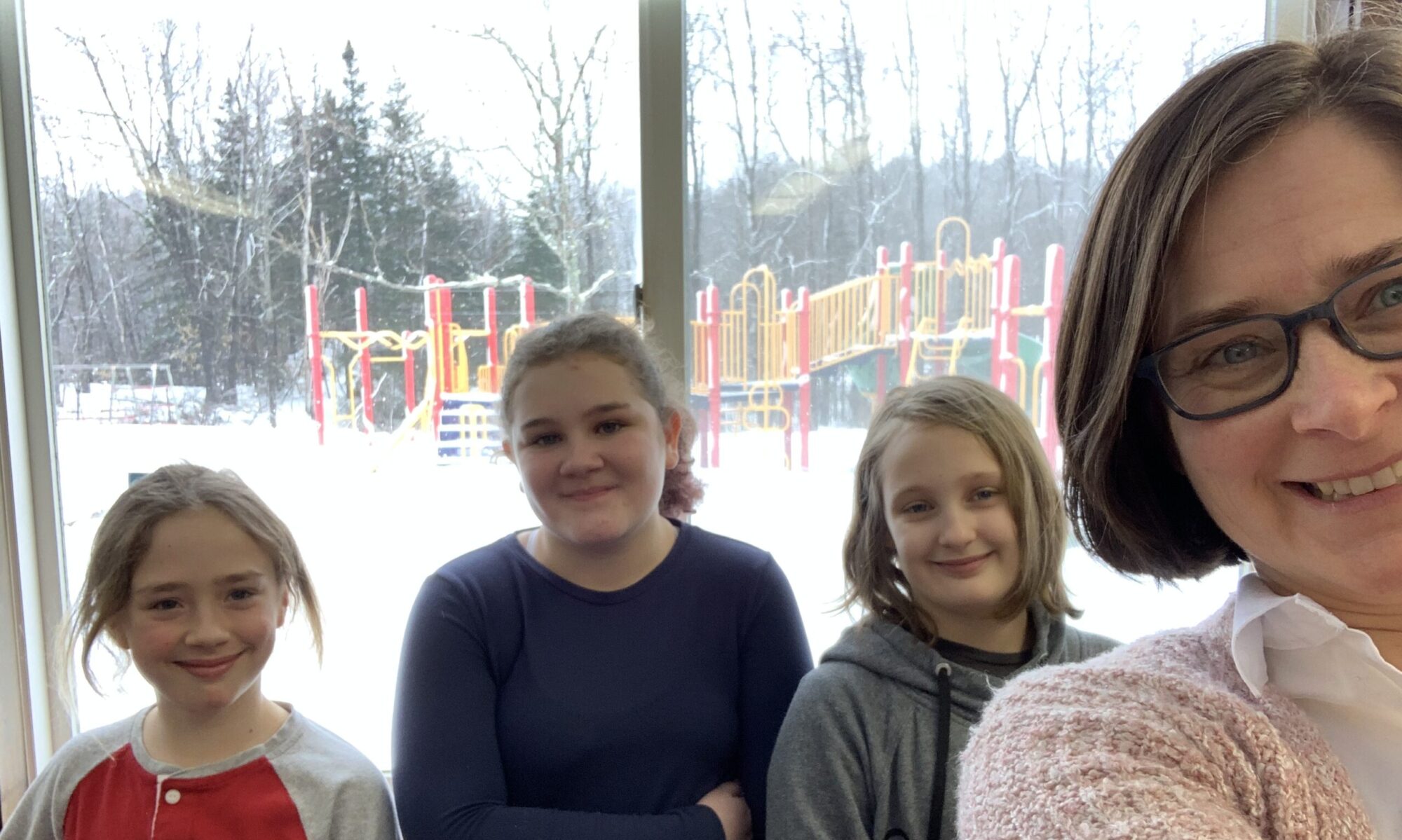How much do you want to change the world?
 As project-based learning gives students a way to tackle authentic problems in the world and accomplish tangible change while learning, let’s not forget that math can and does sneak in everywhere. So if you have students who think math doesn’t add up, let them explore their passion for problem-solving and don’t mention how much math you see them doing.
As project-based learning gives students a way to tackle authentic problems in the world and accomplish tangible change while learning, let’s not forget that math can and does sneak in everywhere. So if you have students who think math doesn’t add up, let them explore their passion for problem-solving and don’t mention how much math you see them doing.
PB what?
More and more, we are seeing project-based learning (PBL) infused into math and or STEM curriculums. Just so we’re all on the same page, lets look at The Buck Institute‘s definition of PBL:
Project Based Learning is a teaching method in which students gain knowledge and skills by working for an extended period of time to investigate and respond to an engaging and complex question, problem, or challenge.
Or in other words:
http:/https://www.youtube.com/watch?v=LMCZvGesRz8
Along those same lines, Class Projects and Project Based Learning have also been mistakenly used interchangeably. The NewTech Network has create a nice graphic that helps show the difference.

But why move to project-based learning?
The research is overwhelmingly positive when measuring gains in achievement and content knowledge, self confidence, collaboration and engagement. For an a comprehensive review of literature, please check out:
This Edutopia article, Why is Project Based Learning Important states that PBL:
- Helps Students Develop Skills for Living in a Knowledge-Based, Highly Technological Society
- With Technology Use Bring a New Relevance to the Learning at Hand
- Lends Itself to Authentic Assessment
- Promotes Lifelong Learning
- Accommodates Students with Varying Learning Styles and Differences
The Buck Institute’s approach to why PBL? Because it:
- makes school more engaging for students.
- improves learning.
- builds success skills for college, career, and life.
- helps address standards.
- provides opportunities for students to use technology.
- makes teaching more enjoyable and rewarding.
- connects students and schools with communities and the real world.
In this writer’s opinion, PBL is simply much more fun! Fun can be a scary word in education, but I give you permission! Have fun.
How to plan out your project-based learning
In planning for a PBL approach, I would suggest looking at the following resources:
- PBL Planning Forms – Buck Institute
- Resources and Tools for PBL Start to Finish – Edutopia
- PBL Project Planning Form
- Unit Planning – Pinterest
PBL + math = effective learning
Similar to good teaching, here are some examples that may prove useful:
My Restaurant Project

These students remedied a food desert situation in their neighborhood by planning out a healthy restaurant, including nutritional facts for all the dishes, food costs, grant proposals and cash flow models.
Geodesic Greenhouses
Here’s an example from Teach 21, about building geodesic greenhouses:
You are engineers working for Geo-Dome Greenhouse, Inc. The company is designing a geodesic greenhouse, to allow people to grow fresh vegetables, flowers, fruit and herbs year round, with minimal extra heating or cooling. In order for the greenhouse to be the most energy-efficient and weather resistant structure, the dome must be rigid in shape, instead of using the traditional arches, and it must enclose the most volume for the minimum surface area. Your job is to prepare a presentation for the design branch of Geo-Dome Greenhouse. In addition to presenting facts about the geodesic greenhouse, include a design of the interior planting beds of the greenhouse that would be appealing to the consumer. Support all reasoning through sound mathematical evidence.
Click here to grab the full lesson plan and rubric
Other great projects:
PBL we’d like to see:
- Partner with a local wool producer and help them predict and optimize wool production;
- Review road-use data and calculate how much damage roads sustain each year from use, time and weather, and determine how they can last longer with less maintenance;
- Measure decibel levels around the local airport or train station and make suggestions to your city council on what type of noise-amelioration options exist, along with associated costs;
- That one thing your students are passionate about tackling wholeheartedly.
What kinds of math-happy PBL could you see changing your world?
Geodesic dome, by Oliver Dixon, licensed and modified under CC SA-2.0.



Project-based learning + math: how much do you want to change the world? https://t.co/jaes9C8HGs https://t.co/JDVEveFB7E
RT @innovativeEd: Project-based learning + math: how much do you want to change the world? https://t.co/jaes9C8HGs https://t.co/JDVEveFB7E
RT @innovativeEd: Project-based learning + math: how much do you want to change the world? https://t.co/jaes9C8HGs https://t.co/JDVEveFB7E
Project-based learning and math – Innovation: Education https://t.co/Ol1MnRURyy
RT @innovativeEd: Project-based learning + math: how much do you want to change the world? https://t.co/jaes9C8HGs https://t.co/JDVEveFB7E
RT @innovativeEd: Project-based learning + math: how much do you want to change the world? https://t.co/jaes9C8HGs https://t.co/JDVEveFB7E
@FMPSD @EcoleMcTavish https://t.co/YYnKELjWhb
RT @MsMoodster: @FMPSD @EcoleMcTavish https://t.co/YYnKELjWhb
Great collection of resources – Project-based learning and math https://t.co/Y1nKp9kEpV via @innovativeEd